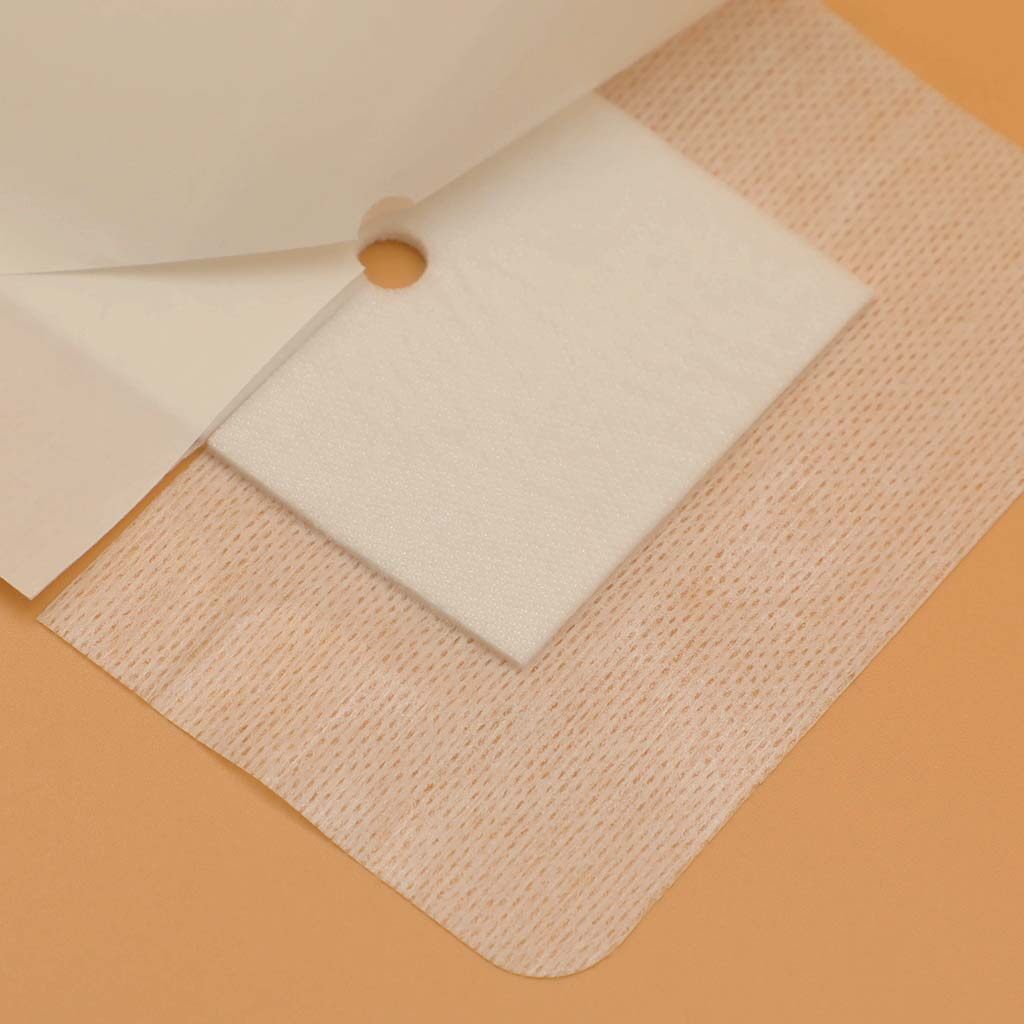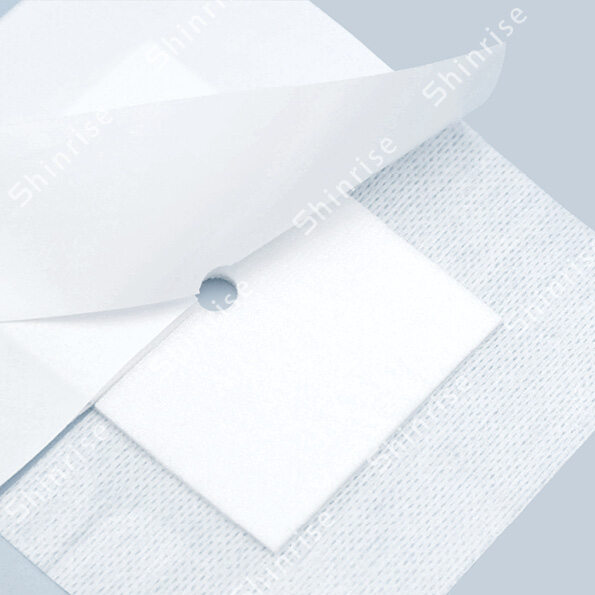Email cannot be empty
Password cannot be empty
Email format error
Email cannot be empty
Email already exists
6-20 characters(letters plus numbers only)
The password is inconsistent
Email format error
Email cannot be empty
Email does not exist
6-20 characters(letters plus numbers only)
The password is inconsistent


Understanding Non-Woven Adhesive Retention Rolls: Uses, Benefits, and Applications
In the manufacturing and packaging industries, one important material is the non-woven adhesive retention roll. As industries look for ways to improve efficiency and product quality, these rolls are becoming more popular. This article will explain the uses, benefits, and applications of non-woven adhesive retention rolls, showing how they help in different industries.
What is a Non-Woven Adhesive Retention Roll?
A non-woven adhesive retention roll is a type of material used in textile and packaging industries. It is made of non-woven fabric with adhesive applied to it, allowing the material to stick to surfaces temporarily. Unlike woven fabrics, non-woven materials are made without weaving or knitting. This makes them very useful for specific tasks, such as holding things in place during manufacturing.
The adhesive on these rolls helps to secure items temporarily during production, packaging, or transport. The material can be removed or repositioned without leaving marks or damaging the surface beneath.
Types of Non-Woven Adhesive Retention Rolls
1. Standard Non-Woven Adhesive Retention Rolls
These are the most common type. They have medium adhesive strength and are used in a wide range of applications, such as packaging, bonding, and securing items during transport.
2. High-Tack Non-Woven Adhesive Retention Rolls
High-tack rolls have stronger adhesive. They are used in heavy-duty applications where items need to stay in place under pressure. These rolls are common in industries like automotive manufacturing and heavy machinery assembly.
3. Low-Tack Non-Woven Adhesive Retention Rolls
Low-tack rolls have a gentler adhesive. These are used when you need a temporary hold that can be easily removed without leaving a sticky residue or damaging the surface. They are often used in applications like surface protection or delicate assembly work.
4. Specialty Non-Woven Adhesive Retention Rolls
Some rolls are made for specific industries, like medical or cleanroom environments. These rolls may have special features like antibacterial coatings or antistatic properties, making them ideal for certain uses.
Benefits of Using Non-Woven Adhesive Retention Rolls
1. Improved Productivity
One major benefit of non-woven adhesive retention rolls is that they help increase productivity. The adhesive holds items securely in place, making the assembly process faster. This reduces the time spent on complex fixtures or clamping, allowing for quicker production.
This increased efficiency helps companies reduce production time and lower costs. In industries where fast assembly is important, like automotive or electronics, the rolls are essential to keeping operations moving smoothly.
2. Flexible Uses
Non-woven adhesive retention rolls are very versatile. They can be used in many different ways, such as:
- Packaging: Keeping items in place during shipping and transport.
- Textile Manufacturing: Holding materials steady while cutting or sewing.
- Electronics Assembly: Temporarily holding components during assembly.
- Automotive Manufacturing: Securing parts in place while assembling vehicles.
3. Cost-Effective
The retention rolls are an affordable solution for many industries. The adhesive material provides a strong bond, so businesses don’t need to invest in expensive machinery or extra labor to hold items in place. These rolls can be replaced easily, so companies can keep costs low.
4. Reduced Risk of Damage
In industries with delicate products, such as electronics or medical devices, it’s important to reduce the risk of damage during production. The retention rolls help protect items by providing a secure but gentle hold. The material doesn’t scratch or harm surfaces, making it ideal for sensitive products.
5. Eco-Friendly Options
As more companies focus on sustainability, eco-friendly non-woven adhesive retention rolls are becoming popular. These rolls are made with biodegradable materials or adhesives that have less impact on the environment. By choosing these products, businesses can help reduce waste while still benefiting from the performance.
Applications of Non-Woven Adhesive Retention Rolls
1. Packaging and Shipping
In the packaging and shipping industry, the rolls are used to hold items in place during transportation. The adhesive ensures that the products stay steady and protected. These rolls are especially useful for items with irregular shapes or those that don’t fit well in standard packaging.
2. Automotive Industry
In the automotive industry, these rolls are used to hold parts in place during the assembly of vehicles. They are especially helpful when parts need to stay in position for processes like welding or drilling. The rolls can be easily removed after the job is done, saving time and effort on the assembly line.
3. Electronics Assembly
Electronics manufacturers use the rolls to keep small components steady while assembling products. The adhesive ensures that delicate parts stay in place, preventing mistakes and improving accuracy during production. These rolls are also easy to remove, which makes them ideal for precise work.
4. Medical and Cleanroom Applications
In the medical and cleanroom industries, the rolls are used for surface protection and securing medical components during manufacturing. These rolls meet strict hygiene standards and allow for safe, temporary bonding without leaving sticky residue or damaging the items.
5. Textile Manufacturing
In textile manufacturing, these rolls are used to keep fabrics in place while cutting or sewing. The adhesive on the rolls holds the material securely, preventing it from shifting during the process. This makes it easier to achieve precise cuts and stitches.

Choosing the Right Non-Woven Adhesive Retention Roll for Your Business
1. Adhesive Strength
The strength of the adhesive depends on what you need. Low-tack rolls are best for delicate items or temporary bonding, while high-tack rolls are better for heavy-duty applications that require a strong hold.
2. Material Type
The material of the non-woven fabric affects its durability and performance. Common materials include polyester and polypropylene. Choosing the right fabric for your needs is important for ensuring that the roll performs well.
3. Working Environment
Consider the environment where the roll will be used. If you’re working in a cleanroom or medical environment, you may need rolls that meet specific cleanliness or safety standards.
4. Size and Dimensions
The size of the roll should match your production needs. Some companies offer custom sizes to fit specific equipment or processes.

